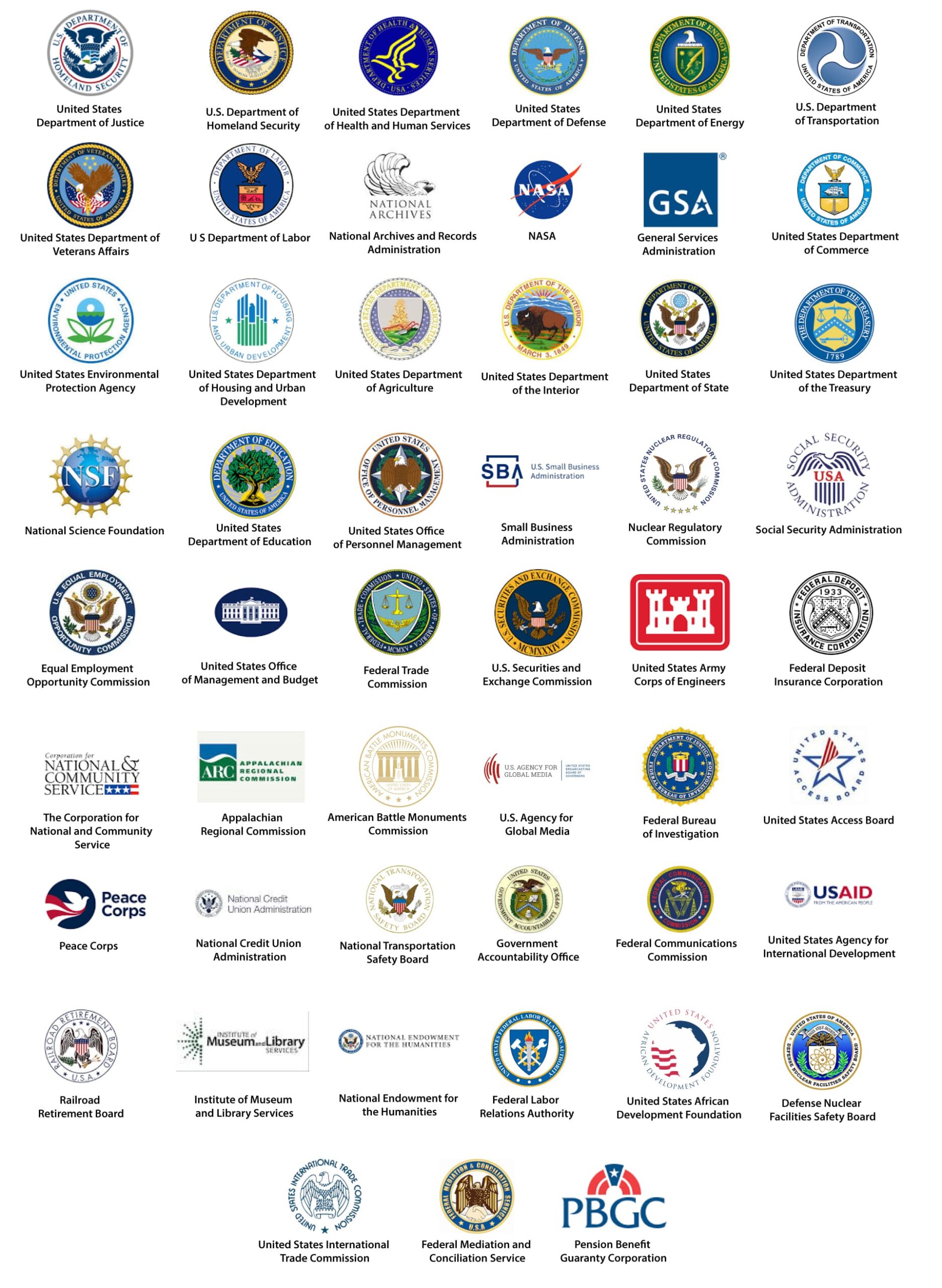What A Federal Employee Should Do When Injured At Work
The Federal Employees’ Compensation Act (FECA) is administered by the U.S. Department of Labor, Office of Workers’ Compensation Programs (OWCP). Benefits include continuation of pay for traumatic injuries, compensation for wage loss, medical care and other assistance for job-related injury or death. For additional information about the FECA, read pamphlet CA-11, ”When Injured at Work” or Federal Personnel Manual, Chapter 810, Injury Compensation, available from your employing agency. The agency will also give you the address of the OWCP Office which services your area.
What forms should be filed to start the OWCP claims process?



